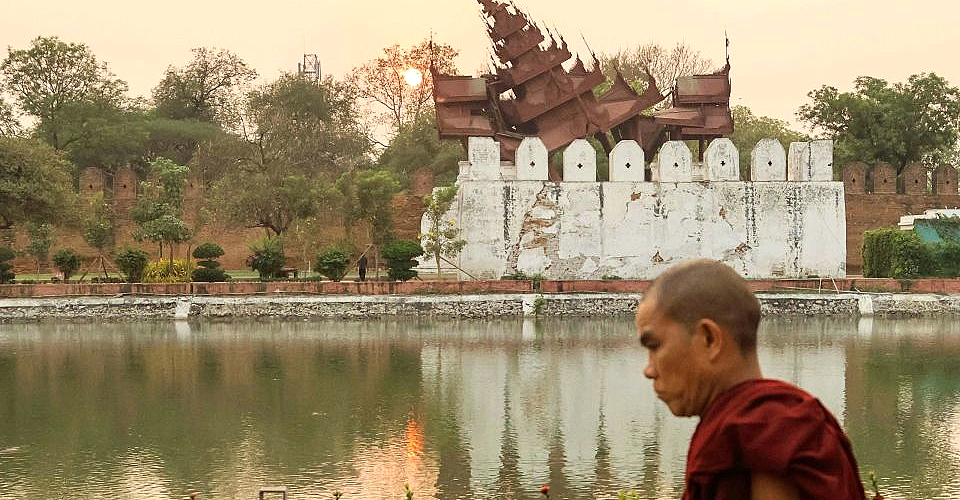
BANGKOK: A powerful 7.7 magnitude earthquake that struck central Myanmar has prompted geologists and disaster experts to warn of potentially devastating consequences, citing the quake’s shallow depth, the region’s vulnerable infrastructure, and the complicating factor of an on-going civil war.
Jess Phoenix, a geologist speaking to CNN, described the earthquake’s energy release as equivalent to 334 atomic bombs, warning that aftershocks will continue to pose a significant threat for months.
She highlighted the on-going collision of the Indian and Eurasian tectonic plates as a continuing source of seismic activity.
The Science Media Centre in the UK has compiled expert commentary, revealing a consensus on the earthquake’s destructive potential.
Scientists from leading UK institutions emphasised the seismic event’s significant force and the factors contributing to its impact.
The earthquake, centred near Mandalay, has been attributed to the Sagaing Fault, a major tectonic structure accommodating the northward motion of the Indian plate.
Dr Rebecca Bell, Reader in Tectonics at Imperial College London, explained that the quake’s “strike-slip” motion, akin to the San Andreas Fault in California, and its shallow origin, around 10 km deep, amplified ground shaking, leading to increased damage.
Dr Ian Watkinson, from Royal Holloway, University of London, echoed these concerns, noting the earthquake’s likely propagation along the Sagaing Fault, potentially up to 200 km.
He highlighted the vulnerability of Mandalay and other regional cities, which have experienced rapid high-rise concrete construction, often on the floodplains of the Ayerwaddy River.
The earthquake’s impact was felt as far as Bangkok, nearly 1,000 km from the epicentre, where a building under construction collapsed.
Dr Roberto Gentile, from University College London (UCL), attributed this distant impact to Bangkok’s “soft-soils” and geological features, which can amplify ground motion.
Experts also emphasised the region’s history of seismic activity.
Dr Brian Baptie, from the British Geological Survey (BGS), noted Myanmar’s history of significant earthquakes, warning of disastrous consequences in densely populated areas with vulnerable buildings.
Experts warn of mass casualties and aid challenges amidst devastating seismic event and on-going conflict
Professor Ian Main, from the University of Edinburgh, warned of potentially high casualty numbers, citing the USGS’s “PAGER” forecast of 10,000 to 100,000 fatalities.
He also raised concerns about the enforcement of building codes in Myanmar.
The experts stressed the urgency of humanitarian relief and the risk of aftershocks destabilising weakened structures.
Professor Bill McGuire, from UCL, described Myanmar as “one of the most seismically active countries in the world,” predicting a significant rise in casualty numbers as the scale of the disaster becomes clearer.
Professor Ilan Kelman, also from UCL, highlighted the political challenges of delivering aid, given Myanmar’s on-going civil war and the government’s history of restricting aid access.
He emphasised the importance of robust building codes and planning regulations.
The on-going civil war, which followed a 2021 military coup, has devastated Myanmar’s economy and disrupted communication systems, further complicating relief efforts.
As of Monday, the death toll from the earthquake had surpassed 2,000, with over 3,000 injured, and numbers expected to rise. The conflict hinders the outside world from accurately assessing the full impact of the disaster.
ADVERTISEMENT
ADVERTISEMENT








































